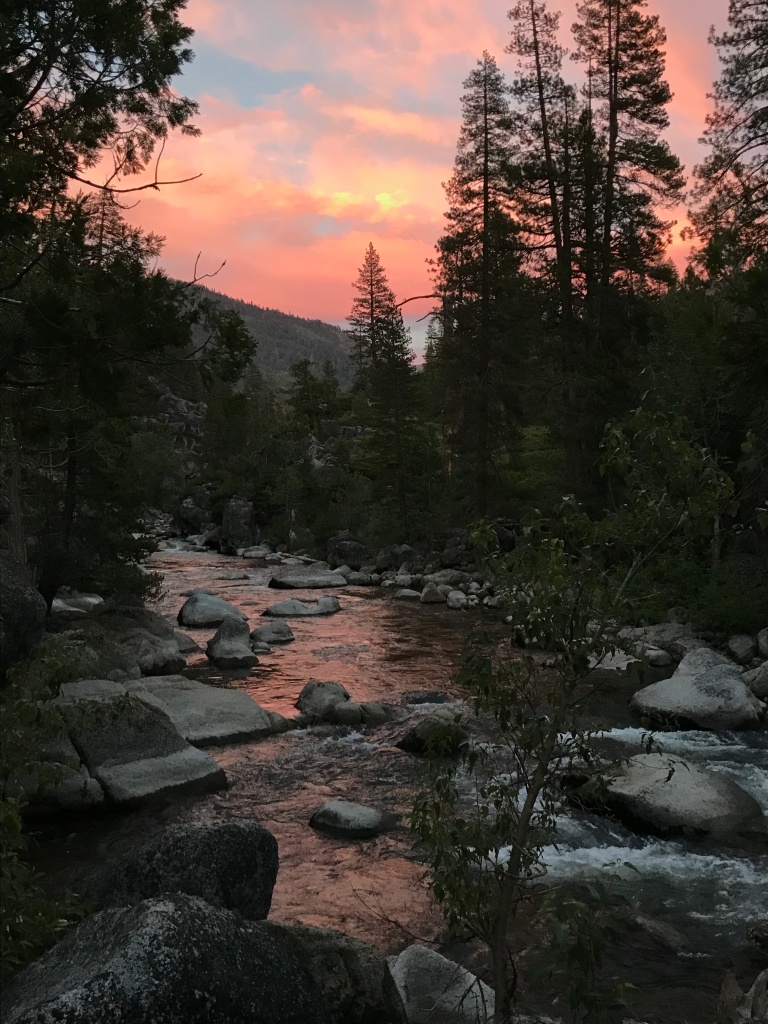
Spring is is full, glorious action in my neck of the woods. After a cool, rainy year it’s a pleasure to see that iconic golden California light flood the land. I’ve been on a speaking streak this Spring, and have many more events coming up in the San Francisco Bay Area and the Los Angeles greater area. I’m an educator, but really — I’m a constant student. Maybe that’s why I have always gravitated to education. I love to learn and change, grow, transform. Every time I speak or teach with either Emily Gogol (Grow It From Home) or Kaisha-Dyan McMillan (Wondering About Weed) I learn something new. I’ve recently learned two interesting seed things from professional cannabis farmer Emily.
1: No-soaking the seeds: Emily has sprouted thousands and thousands of cannabis seeds in her career. Her best advice for seed prep is to do absolutely nothing. No soaking, stratification, scoring, sprouting on paper towels — nada. In my book, The Cannabis Gardener, I advised that people give their seeds a brief soak in water prior to planting. I’ll need to amend that detail if I ever get a second printing of the book.
2: Plant multiple seeds in the same pot for better germination. I was really curious about this detail. How would that affect a seed’s sprouting just to have a second seed in the same soil? Emily believes that the seeds are signalling that they are there, and somehow the other seeds in the soil sense the presence of their kin. I found that amazing, and added to my growing sense of awe at the complex intelligence of the non-human inhabitants of our planet. They are smart, communicative, and we know so little about how they do it.
It is the perfect time of year to get growing cannabis in your garden. My book is a great tutorial for anyone to grow their own. If you are able to attend one of my several upcoming events I hope you will! Check my Events and Collaborations page for my schedule.










